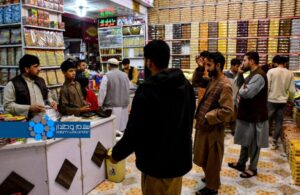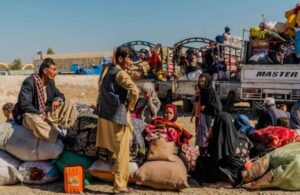LASHKARGAH (SW) – A dairy production and processing plant in Helmand, which was destroyed during decades of conflict, is set to resume operations with the support of the provincial Directorate of Agriculture, Irrigation, and Livestock, in collaboration with the private sector.
This plant was originally established during the reign of the late King Mohammed Zaher Shah of Afghanistan. According to Niaz Mohammad Wahaj, head of the Directorate of Agriculture, Irrigation, and Livestock in Helmand, the facility will be rebuilt at a cost of nearly 42 million afghanis.
“This plant will produce milk, yogurt, cream cheese, and other dairy products, which will be exported to neighbouring provinces as well as within Helmand,” he said.
Wahaj stated that after its reconstruction, the plant will have the capacity to process 40 metric tons of milk daily and convert it into various dairy products.
Meanwhile, Mohammadullah, the investor of the plant, mentioned that its reopening will create direct job opportunities for 120 individuals and indirect opportunities for 3,000 to 4,000 more.
“We will collect milk from all districts of Helmand, process it here, and transform it into dairy products; with the reopening of this plant, 120 direct job opportunities will be created,” he said.
Some residents of Helmand welcomed the reconstruction of the plant, saying that its renewed activity could assist in marketing their livestock products.
Mullah Khel, a livestock farmer, emphasized the need for more processing and production facilities. “We are very happy, and this is a great opportunity for us to bring our cows’ milk here for processing into other dairy products.”
Another farmer, Mohammad Qasem, expressed similar sentiments: “We are very pleased; as many citizens of Afghanistan are engaged in livestock and agriculture, the reopening of this plant will provide a good market for our animal products.”
Despite a large portion of the Afghan population being involved in agriculture and livestock, some dairy products consumed by citizens are still imported from neighbouring countries, especially Iran.






